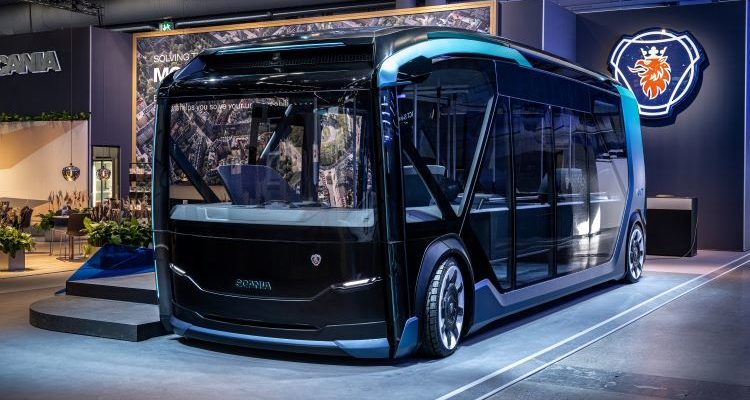The eight-meter-long bus is built of composites, substantially reducing the vehicle’s weight. Marstrom Composite is providing the panels for the sidewalls, the front, and rear-wheel housings as well as the inner floors and the outer panels for ceilings. These parts are made of carbon fiber in prepreg form, which was cured in an oven, sanded and primed. The cylindrical cell batteries are placed under the floor, using otherwise dead space and contributing to better weight distribution. NXT weighs in at less than eight metric tonnes, and the range with the current batteries is estimated at 245 kilometers.
“NXT is a vision of the future for transport in cities. Several of these technologies have yet to fully mature but for us it’s been important to actually build a concept vehicle to visibly and technically demonstrate ideas of what is within reach,” said Scania’s president and CEO Henrik Henriksson. “NXT is designed for 2030 and beyond while incorporating several cutting-edge features that are already available.”


